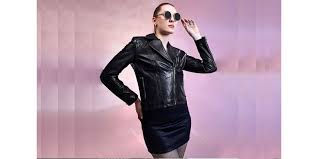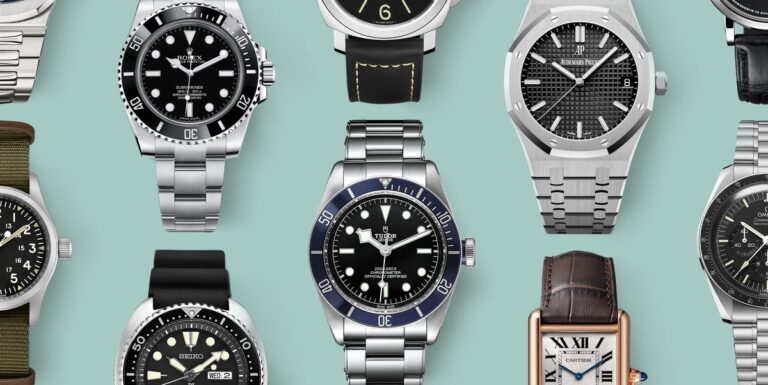
Kujo's
Fashion, a universal language of expression, has always reflected the times. In today’s era, a significant transformation is occurring: the rise of sustainable fashion. This new trend has reshaped the industry, urging consumers and brands alike to reconsider the environmental and social impact of their choices. With growing awareness of climate change, pollution, and unethical labor practices, sustainable fashion is not just a movement but a necessity for a better future.
What is Sustainable Fashion?
Sustainable fashion refers to a design philosophy and production approach that emphasizes environmental responsibility, ethical labor practices, and long-term durability. It aims to minimize waste, reduce carbon footprints, and create products that are both eco-friendly and stylish. Unlike fast fashion, which focuses on mass production and short-term trends, sustainable fashion prioritizes quality over quantity, ensuring that every piece has a meaningful purpose.
Factors Driving the Trend
- Environmental Awareness
The fashion industry is one of the largest polluters in the world. From water-intensive cotton farming to synthetic fabrics that release microplastics, the environmental impact of clothing production is staggering. Documentaries, social media campaigns, and activist movements have brought these issues into the spotlight, prompting consumers to demand greener alternatives. - Conscious Consumerism
Today’s consumers, especially millennials and Gen Z, prefer brands that align with their values. They actively seek out products that are cruelty-free, eco-friendly, and transparent in their manufacturing processes. - Technological Innovation
Advances in technology have enabled the creation of sustainable materials such as organic cotton, recycled polyester, and innovative textiles like mushroom leather and pineapple fibers. Additionally, tools like AI and blockchain help track the supply chain, ensuring ethical practices. - Government Regulations
Governments worldwide are introducing stricter policies to regulate waste, emissions, and labor standards. These policies encourage brands to adopt sustainable practices to remain compliant and competitive.
Key Aspects of Sustainable Fashion
- Eco-Friendly Materials
Brands are now using organic, biodegradable, and recycled materials to minimize environmental damage. Fabrics like hemp, bamboo, and Tencel have gained popularity for their low ecological footprint. - Slow Fashion Movement
Slow fashion advocates for timeless designs, high-quality materials, and versatile clothing pieces. This approach discourages overconsumption and encourages mindful shopping. - Circular Fashion
Circular fashion promotes recycling and upcycling, turning old garments into new products. Many brands now offer take-back schemes, where customers return worn clothes for recycling or resale. - Ethical Labor Practices
Sustainable fashion emphasizes fair wages, safe working conditions, and respect for workers’ rights. It challenges the exploitative practices often associated with fast fashion.
Popular Brands Leading the Way
- Patagonia: Known for its eco-friendly outdoor wear, Patagonia uses recycled materials and donates profits to environmental causes.
- Stella McCartney: A pioneer in sustainable luxury fashion, Stella McCartney champions animal-free products and ethical sourcing.
- H&M Conscious Collection: While fast fashion is criticized, H&M’s Conscious line promotes eco-friendly choices within affordable price ranges.
- Reformation: This brand combines sustainability with chic, modern designs, using eco-friendly fabrics and renewable energy.
Challenges of Sustainable Fashion
- Higher Costs
Sustainable materials and ethical practices often result in higher production costs, making sustainable fashion less accessible to budget-conscious consumers. - Greenwashing
Some brands falsely advertise their products as sustainable, misleading consumers with vague or exaggerated claims. - Limited Awareness
Many consumers remain unaware of sustainable options or the environmental impact of their purchasing habits. - Scaling Production
Transitioning from fast fashion to sustainable practices is a complex process for large brands, requiring significant investment and time.
The Role of Social Media and Hashtags
Social media platforms play a crucial role in promoting sustainable fashion. Influencers and activists use hashtags like #SustainableFashion, #SlowFashion, and #WearTheChange to spread awareness and inspire change. These campaigns encourage consumers to share their sustainable choices, creating a ripple effect that motivates others to adopt eco-conscious habits.
Benefits of Sustainable Fashion
- Environmental Conservation
Sustainable fashion reduces pollution, saves water, and limits waste, contributing to a healthier planet. - Supporting Artisans
Ethical practices often involve collaborating with local artisans and craftspeople, preserving traditional skills and creating job opportunities. - Better Quality
Sustainable clothing is designed to last longer, ensuring that consumers get better value for their money. - Personal Fulfillment
Knowing that your purchases align with your values fosters a sense of satisfaction and responsibility.
Is Sustainable Fashion the Future?
The future of fashion undoubtedly lies in sustainability. As awareness grows and technologies advance, more brands will adopt eco-friendly practices. Consumers, too, are becoming increasingly mindful of their choices, favoring quality over quantity.
However, achieving widespread adoption will require collaboration between governments, industries, and individuals. Governments must enforce stricter regulations, brands must commit to transparency, and consumers must embrace mindful consumption.
Conclusion
Sustainable fashion is more than a trend; it’s a revolution shaping the future of the industry. By balancing style with responsibility, it challenges us to rethink our relationship with clothing. As the world grapples with environmental crises, sustainable fashion offers a beacon of hope—a way to look good, feel good, and do good for the planet.
In this new era, every purchase is a statement. By choosing sustainable fashion, we can collectively redefine style, one conscious choice at a time.
By: Harleen
Write and Win: Participate in Creative writing Contest & International Essay Contest and win fabulous prizes.


